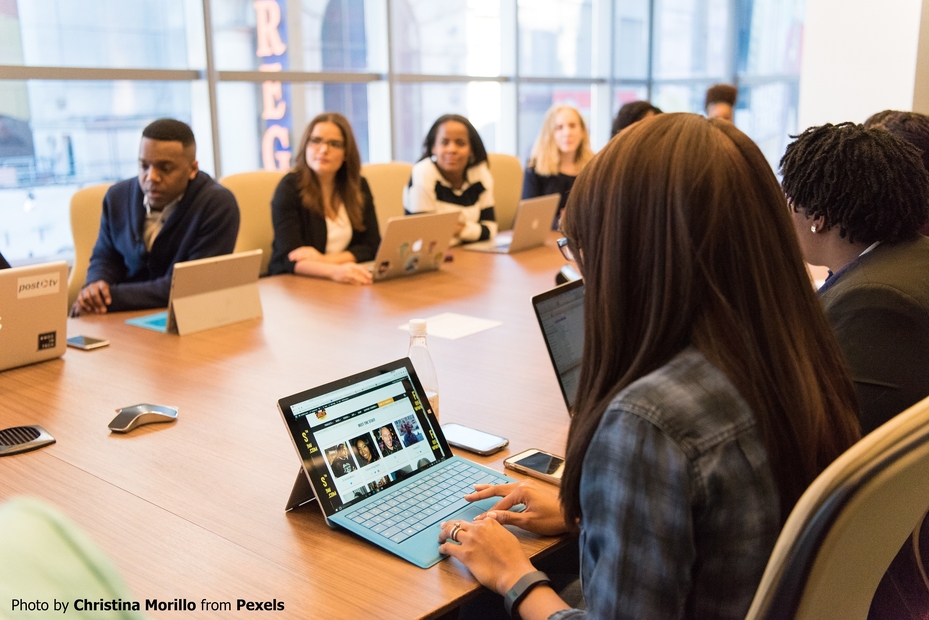Article by Fabio Tiviti, Vice President, ASEAN, Infor
While nobody truly knows when the pandemic will be over, and indeed, what the world of work will look like in the aftermath, it seems fairly certain that we’ll feel the ramifications and repercussions for a generation. Amongst many of the shifts we have experienced throughout the last 12-18 months, virtual working, whether in hybrid form or full time, seems like one which is here to stay.
In a sense, Covid has presented an opportunity to prove a concept when it comes to working from home, testament to which is a recent study from Stanford University study which showed a productivity boost equivalent to a full day of work per week for employees permitted to work from home. Additional findings from this survey highlight that employee attrition decreased by 50%, with individuals taking fewer sick days. Add to this the fact that a reduction in office space saved substantial amounts in rent, with the study reporting a saving of $2,000 per employee, and on the face of it, it seems a win-win for all concerned. In parallel, a recent Gartner survey identified that the shift is a permanent one, with 82% of company leaders planning to allow employees to work remotely at least part time in the future.
But while the majority of working from home strategies and policies were borne out of crisis management in the midst of the pandemic, indications towards a longer term model clearly require a comprehensive strategy built around people, processes and systems, and with the structure necessary for sustained rather than short term working.
The sting in the tale
One of the most important considerations in developing a longer term strategy, is that it’s not an entirely risk free option, and when evaluating potential strategies, employers must look carefully at the bigger picture before making decisions.
From a health and safety perspective, there are substantial considerations, which shouldn’t be ignored, testament to which is the introduction of a new ISO standard, ISO 45003, in June 2021, which will provide guidelines for managing psychological health and safety at work through identifying psychosocial risks.
This standard has been introduced largely in recognition of the fact that, despite the flexibility afforded by remote working, many traditionally office-based employees have found themselves experiencing burnout as they navigate back to back calls against a backdrop of domestic responsibilities and demands. The lines between work and home have, for many, blurred, turning work-life balance on its head, instead promoting work-life integration, something which is undoubtedly easier to manage for some than others.
From an employer’s perspective, tracking and managing potential burnout, and associated mental health flags, is crucial in curating a happy, motivated and successful virtual workforce, as well as positively impacting the bottom line. Innovators in this space are doubling down their focus on the new health and safety risks of a virtual workforce, implementing creative approaches which optimise productivity while minimising risk.
Taking a systematic approach
Such approaches vary from company to company, but many are turning to human capital management (HCM) systems as a start point, leveraging occupational health and safety modules which can be leveraged to get a real-time understanding of the health of the workforce, tracking trends and patterns and highlighting potential issues which require attention. From an employee’s distance from the office, to absence relating to sickness and medical appointments, a profile can be established of each employee. Combined with Microsoft analytics, which can provide insights into working hours, meeting times, number of e-mails sent, a picture can be established from which to design appropriate interventions if needed.
This kind of system can also be extended to help to identify whether employees are actually suited to remote working on a long term basis. Contrary to popular perception, it doesn’t suit all, with many people working more productively and creatively in an office environment. In recognition of this fundamental consideration, forward-thinking companies are using predictive talent analytics to identify profiles and expand their knowledge and understanding of the behavioural DNA of each individual within their organisation. We at Infor commissioned research into this important area last year, identifying a number of profiles which are best suited to remote working, with findings pointing to a need to remain task-focused with a true sense of personal strengths and weaknesses, as well as being forthcoming and comfortable expressing thoughts and emotions. The findings also showed that successful remote workers also seem to have little reliance on external praise and are motivated by a sense of urgency on work tasks.
Designing a hybrid approach
This kind of insight presents serious questions for employers which are considering a wholesale shift to virtual working, with many taking a more considered, hybrid approach to accommodate a range of profiles and maximise their talent base.
For those adopting a hybrid approach, even falling back on the physical office isn’t straightforward, with creative scheduling of people’s office based hours to minimise those in close proximity, larger working spaces, and improved air filtration systems all likely to form part of plans.
The future of work is now
It seems fairly universally recognised that the days of full time office employment are numbered, and regardless of whether the wholesale virtual or hybrid model are the right fit, it is absolutely crucial to adhere to best practice as set out in the new ISO accreditation, and indeed, to recognise the importance of having the right systems to monitor, highlight and foster engagement as part of the process.
The future of work is already here and forward-thinking employers are finalising strategies to drive performance while minimising risk, and secure the vital talent they need to stand out in what looks to be an increasingly turbulent economy in the coming years.
Source: FAQ

